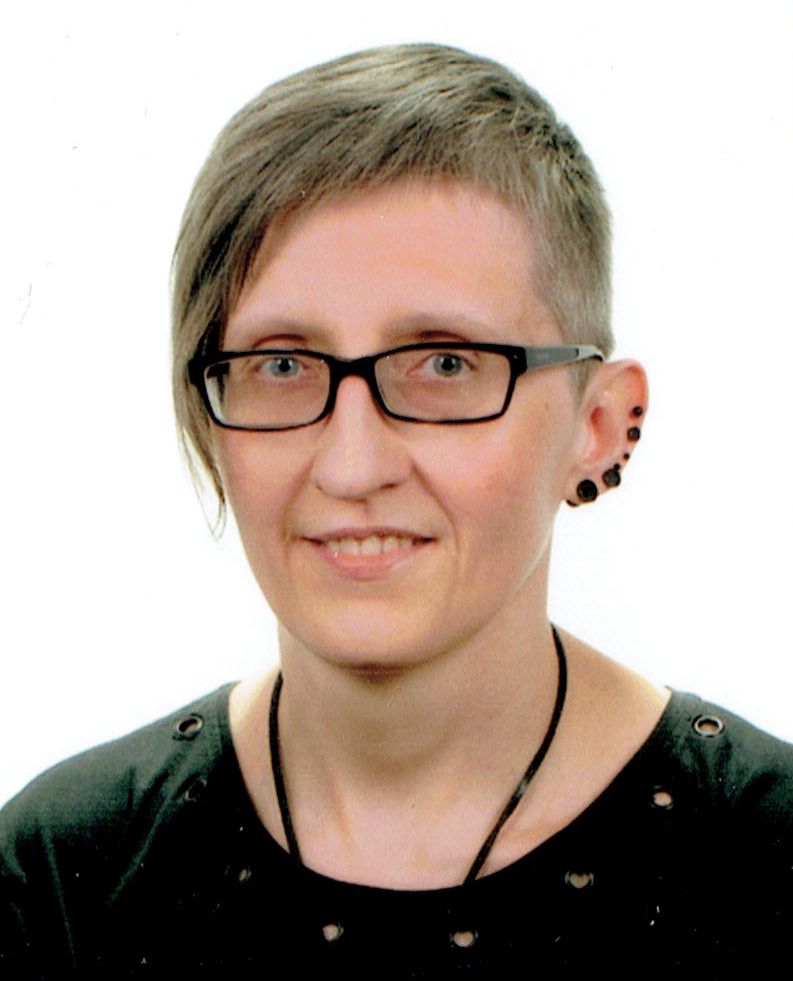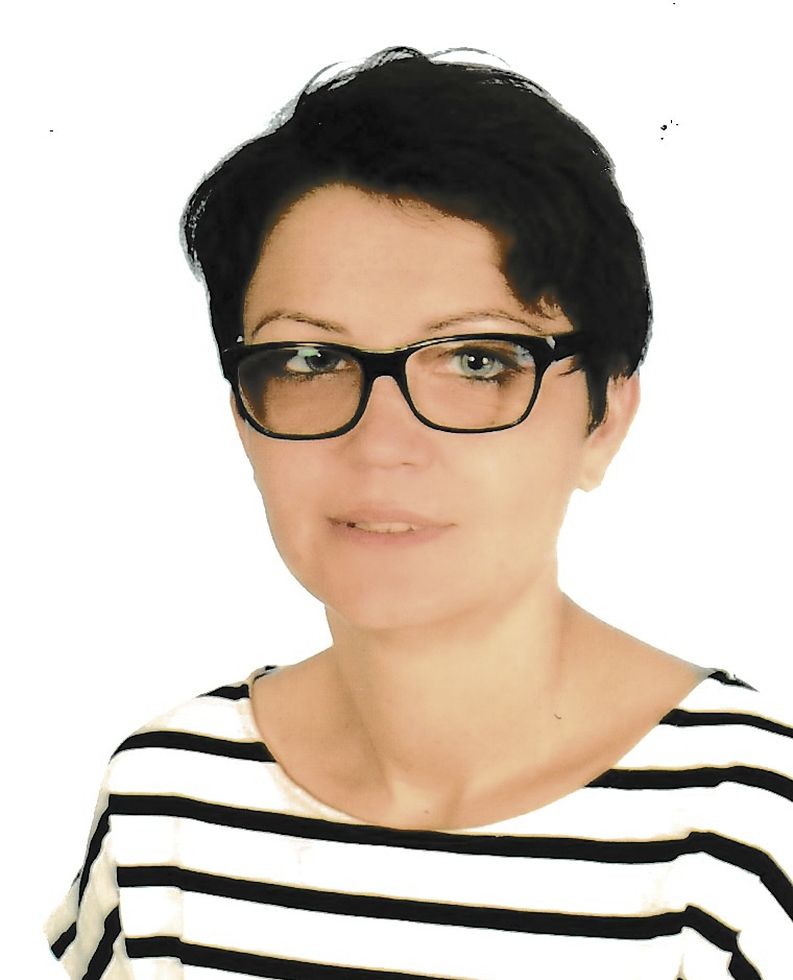Strong at maths
Mathematics course dedicated to students and graduates of secondary schools, who can still use mathematics for something :)
Mathematics course dedicated to students and graduates of secondary schools, who can still use mathematics for something :)

The course was created as part of the project "Moocni z matmy – otwarty kurs matematyki" no. POWR.03.01.00-00-W075/18. More on project www.moocni.zut.edu.pl.
"Strong at maths" is addressed mainly to graduates who intend to study at technical universities, and students of last grades of high schools who, just before the final exams, begin repeating material from mathematics. It will help participants systematize their mathematical knowledge and fill any gaps resulting from the program difference. Thanks to this, it will be easier for the future student to understand new concepts related to higher mathematics. The course contains basic definitions, theorems and formulae in the field of mathematical analysis, algebra, analytical geometry, combinatorics and probability theory. All concepts are supported by numerous examples, tasks solved step by step, drawings and tables as well as GeoGebra applets.
"Strong at maths" covers most of the issues included in the core curriculum of the standard level for secondary schools. However, there are also concepts that go beyond this level or slightly expand it, but are necessary in the course of studies.
The course consists of 13 thematic chapters:At the beginning of the course, you should read the information contained in the "Preface" module, in particular the user manual and initial diagnosis.
In each of the 13 thematic modules, you should read the theoretical introduction to the given issue. Then you should independently perform the exercises at the end of each unit. They are not scored and can be solved many times until they are not difficult. Because these examples are randomized (you can reset them and receive a task with different parameters), you can practice different versions of the task, view their full solutions and be well prepared for the module test.
At the end of the course, you take the final exam. The final grade of the course is a weighted average of all 13 module tests, which constitute 60% of it, and the final exam, which constitutes 40% of this grade. The course is considered completed if you obtain a final grade with a score of at least 60%.
At the end of the course, you should complete an evaluation questionnaire that will help the course authors adapt it to the needs and expectations of the participants.
After completing the course with a minimum score of 60%, you will receive an electronic certificate within 24 hours.
The course participant should have basic mathematical and IT knowledge in the field of an eight-year primary or lower secondary school.

